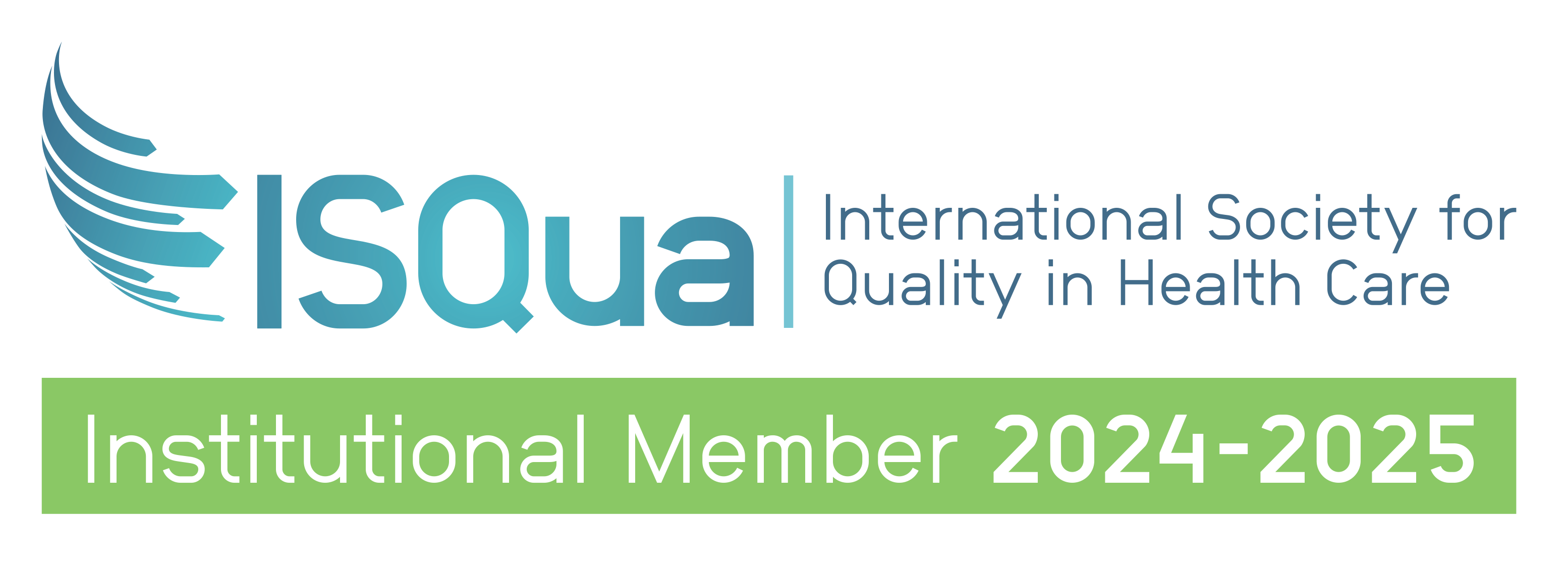
QI In Action: Journey Mapping Patients' Experiences
QIL participant, Ms Natalie Benn undertook a successful initiative at her organisation to help understand and improve the experiences of patients that undergo an emergency caesarean section.
Participants in our flagship Quality Improvement Lead (QIL) Training Program work on a real-life quality improvement project within their own healthcare setting.
This program has helped Ms Natalie Benn, Clinical Risk Coordinator at St John of God Hospital drive positive change for patients and consumers involved in an emergency caesarean section.
Background
An emergency caesarean section is the correct cause of action in any emergency or complex situation to protect the safety of mothers and babies. In Australia, 1 in 3 women describe their birth (including emergency caesarean section) as traumatic (Gidget foundation Australia, 2021) and often the impact of their trauma and experience is suffered in silence. Understanding the lived experience of those experiencing an emergency caesarean section is important in gaining a deeper insight and perception, ultimately leading to quality improvement and better patient satisfaction.
Project Summary
The Journey Emotional Mapping (JEM) project aims to understand and improve the consumer experience involved in an emergency caesarean section by comprehensively partnering with them. It also allows consumers to drive change and identify quality improvement initiatives to enable value based outcomes. The application of quality improvement methodology/actions to areas identified for improvement from journey mapping will measure success.
A high-level flow diagram was undertaken to define the baseline number of opportunities patients and consumers involved in an emergency cesarean section had to discuss their birth experiences. The flow diagram identified patients and consumers were not given the opportunity to discuss their experience in order to gain a deeper insight into patient needs, behaviour, experience, motivation and desired outcomes. This project aims to give a voice to the patient to identify areas for improvement and partner better with our consumers in leading patient driven quality improvements.
An affinity diagram with multi-voting determined key reason and causes that limit the opportunity in capturing patient information. A Pareto diagram was used to prioritise the top reasons that have highest impact on the identified problem. This supported the notion of having an embedded process to capture patients and consumer experience, and recognised the need for governance changes, template development and process design.
A journey mapping tool was developed collaboratively with the consumers. The participants included patients who are primigravida, multigravida, midwifery lead and private obstetric lead care. The journey mapping groups and sessions were clearly outlined in the framework. Ten patients were offered to be participants and six of these patients agreed to engage. To date, two 60 minute interactive online sessions have been completed and another two scheduled a week apart. The findings are being collated onto the journey map.
Results
Since the implementation of the journey mapping process, patients who experienced an emergency caesarean section have been given the opportunity to give deeper insight of their experience, needs, behaviour, emotion, desired outcomes, and outcomes not met. Learnings to date include benefits in collaborating with a mental health nurse to support the perinatal multidisciplinary team, enhanced consumer awareness around birth trauma including symptoms and what the patient and carer can both emotionally and physically expect when involved in an emergency cesarean. Learnings will lead to improvements within the midwifery lead antenatal program, enhance the maternity comprehensive care plan to include screening, assessment and individual care plans to all patients who have experienced previous birth trauma, facilitated open midwifery discussions around the patient’s physical and emotional expectations whilst receiving care and changes to the hospitals partnering with consumer framework. It is expected more learnings and areas of improvement will be identified, leading to quality improvement initiatives that meet the needs of consumers.
Ready to unlock your full potential as a quality improvement leader in healthcare?
“The Quality Improvement Lead training program (QIL) has inspired and supported me in leading a healthcare quality improvement project. The QIL program delivers a high level, comprehensive course lead by expert clinicians covering methods on quality improvement tools, high performing teamwork strategies, ways to be an effective leader, ways to measures success, spread and sustainability, just to name a few. The coaching sessions are wonderful in the way they support individuals in leading a quality improvement project simultaneously as a project is introduced into your healthcare service . Hand on heart, the QIL program has been the best quality improvement program that I have attended. This course has given me the skills that are crucial in leading quality improvement projects in healthcare. I appreciate the personal support and access we had to the experts and team. I highly recommend this course to all those who are interested in quality improvement in the healthcare setting.” Ms Natalie Benn, Clinical Risk Coordinator at St John of God Hospital.
New module dates launched: Secure your enrolment today
The QIL Training Program has helped our participants understand the importance of quality improvement and to put their ideas for improvement ideas into practice.
Participants engage with a wide variety of projects and are supported by our knowledgeable Improvement Academy Faculty throughout the course.
We are excited to release new dates for our highly sought-after Virtual Quality Improvement Lead (VQIL) training program, commencing in February 2024. Learn more about the VQIL program here.

